From the Argentinian northern colonial pearl that is Salta it’s basically a must to go on a road trip at some point. Both the gorgeous rainbows ranges and villages up north of Quebrada de Humahuaca in the area of Jujuy and the southern vineyards bordering Cafayate plus the moonlike landscapes around Cachi are worth a couple of days of exploring.
Of course you can visit both the parts by public transport, but it’s worth renting a car in the end. The landscapes are so cool that you for sure want to break at some point. Ask around in ho(s)tels if there’re other people willing to go along and split the costs.
Don’t know where to go? As I’ve already written about different parts of the tour, but combined in here I’ll show you what my ultimate road would be. We did every part of it ourselves too, but only in three days (day 3 + 4 all in one). Personally we decided to skip the Salinas Grandes — as as we already passed them by bus coming from the north of Chile ánd had seen the salt flats in Bolivia. But if you want to see those too, you should include another half a day. From Purmamarca you can reach the salt flat best.
To do the area justice, I would at least take 4 days + 1 day in Salta and San Lorenzo. On the other hand I can imagine you like the vibe in one of these towns so much, you want to spend some extra time in them. Nevertheless, here the quintessential route!
Day 1: Salta – Maimara – Tilcara – Uquía – Cerro de los 14 colores – Humahuaca
At the foothills of the Andes in the province of Jujuy, nearby the deserts of Chile and Bolivia and far away from the green pampas, it feels like a bunch of artists has been colouring the area of Quebrada de Humahuaca with a non-stop effort throughout the ages. Every mountain, every hill and every rock is painted in bright red, yellow, purples and green – sometimes all of them together striped side by side. On top of that the cacti are never far away either, gracing the barren 96 mile / 154 km valley with that wild wild west feeling. All in all it seems fair that UNESCO declared the Quebrada de Humahuaca a World Heritage Site in 2013.
Although it may be difficult to live in the dry area, the first traces of settlement date back to 10.000 years ago. Nowadays you can still find a couple of tiny villages along the road. They all ooze a different vibe, yet are united by their gorgeous backdrop and folklore.
First bit of the road from Salta to Maimara = 2,5 hours
Firstly, coming from Salta follow route 9 towards the north. Just so you know, this ain’t a highway and the road has many hairpin bends, but it’s totally worth a beautiful detour. You’ll pass a big lake on your right side.
Second bit of the road from Jujuy – Maimara – Tilcara – Uquía – Humahuaca = 1,5 hour drive. But you need to calculate some stops in between.
Maimara
From Jujuy onwards the colours of the mountains come in sight. The first town along the way up to Humahuaca is Maimara; one of the more quiet places in the area. The people that decided to settle in this area where smart; as the town is situated at the foot of one of the most beautiful hills in the quebrada. The name of it says it all: La Paleta del Pintor – the painter’s palette. Just have a look below and you might understand that it felt kind of unreal looking at the backdrop of this village.
The best spot to gaze at the colours of the palette is right at the cemetery hill up north in town. This might sound odd, but it’s a peaceful place and as everywhere in Latin America, people like to keep in touch with their deceased beloved ones, decorating the graves with many flowers and presents.
Tilcara
Of all the villages, this one felt like the most liveliest of all, probably because of the market that’s spread out throughout town. The main square offers a more touristy one – with lots of clothes and candy, but next to it you can also find the normal market. Make sure to visit this one too; as you can also find a great lunch over there. I had one of my best empanadas in this place.
Tilcara is named after the Tilcara people. They already lived in the area some nine centuries ago and built a fortress in here. Excavations of that building are presented in the archaeological museum in town, in case you want to learn more about their culture. You can visit the site itself too; and it’s not just graves and stones you find in here but apparently it also stars a lovely high-altitude botanical garden!
Uquía
The centrepiece of this tiny village is its immaculate white church. On the inside you can see paintings done by Indians of the Cusco School. Apart from that, there’s isn’t a lot to do. A road on the left side of the church leads all the way (3 km) along the cemetery to the colourful quebrada behind town. You can drive there, but it you’ll do better justice to the solemn environment by hiking it up.
Humahuaca
This most northern, biggest (with 11500 inhabitants) and highest in altitude (3000 m / 9840 ft) of them all is meant for wandering around. Climb the stairs from the central park that leads to the Monument of Independence for a great view over the area, watch the colours of the Cerro de los 14 Colores, chill out on the square in front of the Iglesia de la Candelaria, have a drink at the cozy patio of La Puerta Verde, enjoy the cobblestone streets at night and eat a tortilla rellena!
In Humahuaca I had my (first and) best tortilla rellenas I’ve eaten during this trip. The guy who makes them is located of the corner of Cordoba x Av. Basilio Alvarez – near the bus station. For some kind of reason they only make these kind of tortillas in the north and at this corner they are filled with cheese, ham, tomato and herbs (35 ARS per piece). Watch it though; cause the cheese will be dripping once you’ve taken a bite out of it!
Third bit of the road from Humahuaca to Cerro de los 14 Colores = 2 hour (back and forth)
Once you’re at Humahuaca cruise that bumpy last piece of road all the way up to the top to reach the cerro to see the magical Cerro de los 14 Colores (‘Mountain of 14 colours’). A brain shaker for sure in the back of the car.
Try to make it there at sunset; you’ll have the area for yourself (all the big busses are gone by now) and the colours are spectacular at golden hour. Just a quick look at the mountain range and you feel like you’ve ‘discovered’ something rather spectacular. Giant shark teeth shaped rocks align one after another. On top of that, each piece is toned in different colours. For every minute that passes by another type of light is shining on the multi-coloured rocks.
Bring gloves and a jacket though. At this altitude of 4300 meter your fingers will be freezing cold while taking pictures.
Day 2: Humahuaca – Purmamarca – Salta – Cachi
First bit of the road from Humahuaca to Purmamarca = 1 hour
Purmamarca
All the way in the south at the end of the quebrada, this village is a small detour to the west on the highway, but totally worth it. The Cerro de los Siete Colores (Hill of Seven Colours) is dominating the view on the south, whereas the village is aligned by a river on the north. Perhaps because of this the setting of the town is the most picturesque in the area. Although you can gaze at the mountains forever, don’t forget to visit the main square for your daily dose of touristy ware.
Second part of the road: Purmamarca – Cachi: 5 hours
After you’ve reached Salta (this time follow the 66 + 34; it’s already a long day on the road), follow the 68 until you get to El Carril. From here you follow the 33 west. The first bit you’ll drive on the right edge of a gorgeous valley. Speed it down as the road becomes narrow and full of steep hairpin bends.
After the winding bits, you suddenly arrive in a total different part of the area. This is were you really start to feel you’re driving in Utah or Arizona; due to its vast open spaces, cacti dotted desert and that long yellow striped road all the way through it.
If you’re lucky; you might even see some condors – along the way there’s a mirador where you’ll even have a better chance of spotting them. As for us; the sun finally came through after a bit of rain, resulting in this mystical moment.
Cachi
Next is your final stop of today: Cachi! Personally I really liked the vibe of this small and cosy pueblo. We arrived on a Saturday night and the central plaza was really quiet, including a lack of tourists. All we spotted were a couple of locals enjoying their wine and bord games of the square. We ate at the veggie restaurant of Ashpamanta, which was good and cheap with a menu full of curries and pizzas. Next day we had breakfast at Oliver, where we were indulged into a Pan-American highway / route 66 (replaced by route 40 of course) vibe. At the moment the coffee machine had a functional breakdown (say no to your morning coffee), but I’m pretty sure that it has been fixed by now.
Day 3: Cachi – Angastaco – Cafayate
First bit of the road from Cachi to Angastaco along the Pan-American highway: 2 – 3 hours
Time to hit that Ruta Nacional 40! Rumour has it that this piece between Cachi and Cafayate is one of the most beautiful parts of it. I’m keen on believing that too.
Along the way we took a break as well at Molinos, but as it was Sunday there wasn’t much to do. Same counts for the next stop at Angastaco. Though the little town is quaint and its setting is picturesque, there isn’t much to do out there either. Just a quick break for a drink or snack will do.
Second bit of the road from Angastaco to Cafayate: 2 hours drive
The last part of the road to Cafayete on the other hand is insanely gorgeous. The formation of the rocks kept on changing – from ‘Bryce-like’ pinnacles to giant diagonal shark teeth. Or I probably should say a ‘ravine of arrows’; as that would be the literal translation of the Quebrada de las Flechas.
Anyway, just check it out for yourself. It felt to awesome to drive just straight through it.
Cafayate: the mecca for wine lovers in the north of Argentina!
Cafayate is Argentina’s second center for wine production. Especially if you can’t make it to Mendoza it’s worth planning a trip to one of the many vineyards in the area. The town itself isn’t that spectacular, but it has a really nice small-town feel ambiance. It just knows how to slowwww you down. The main square is its eye-catcher, adorned with many spots to enjoy your local wines. Take your time over there for sure and keep on sipping!
If you’re looking for the smartest person in town; that would be Miranda. Miranda figured out that since both ice cream and wine are delicious, it might be worth to try out that combination. If you’re visiting Cafayate, you just have to try this bizarre combination.
You might just expect a light flavour, but I seriously had the feeling you could actually get drunk by eating this ice cream. It had a tingling feeling and it feels like a perfect treat while strolling the streets after a long and hot day in the area.
Miranda offers both ice cream with white and red wines in here heladeria!
Day 4: Cafayate – Salta
First and only bit of the road from Cafayate to Salta: 3 hours. But build in more time for stops!
Though there would be no shame in returning the same way, there’s another (and way better in terms of time and smoothness) road to take to Salta and it goes for a large part through a marvellous, red sandstone gorge. If you’re a fan a colourful vistas just like me, make your way to this carved canyon located in the Calchaquíes Valley that is known by two names: Quebrada del Cafayate or Quebrada de Las Conchas. You won’t regret it!
Above some famous stops along the way. Allow yourself time at every stop. In total you need some 3 hours to get from Cafayate to Salta, but try to build in some extra time and remind yourself to stop in order to take photos, as with every corner you turn, there’s another stunning view ahead. Another tip from my side would be go there a little before sunset, when the light begins to soften and you’ll experience so many more colours inside the gorge.
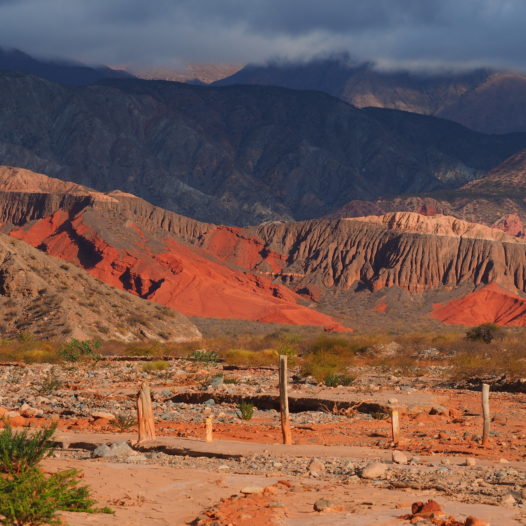
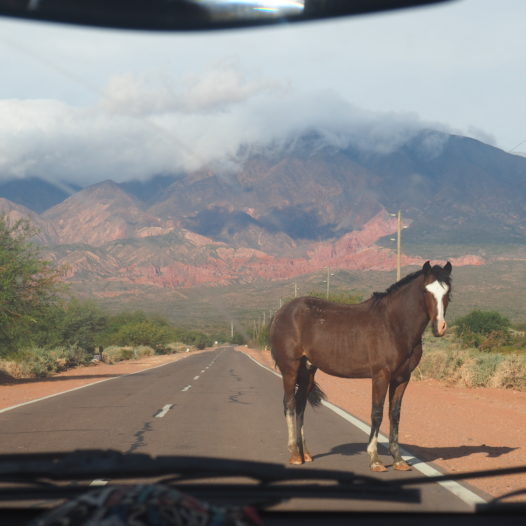
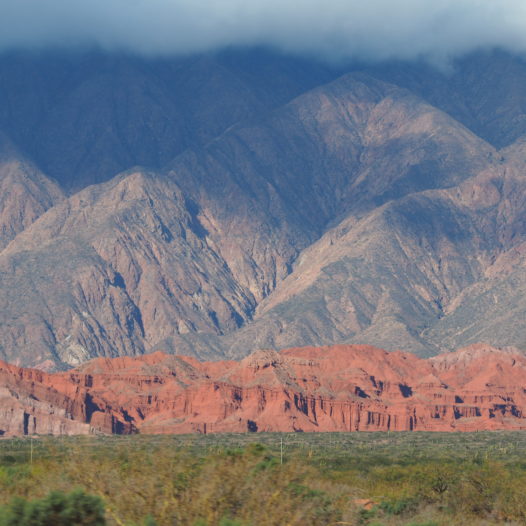
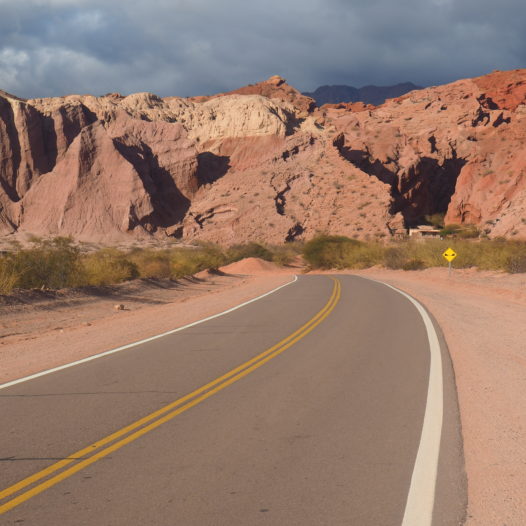
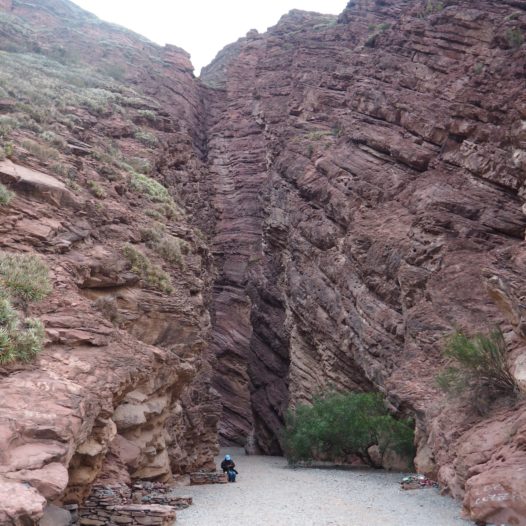
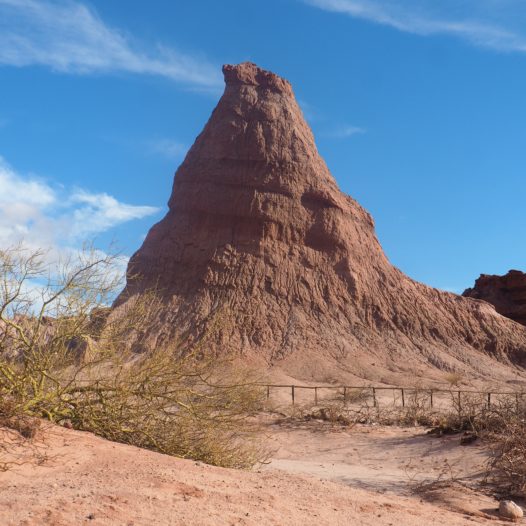
That’s it – enjoy your trip!
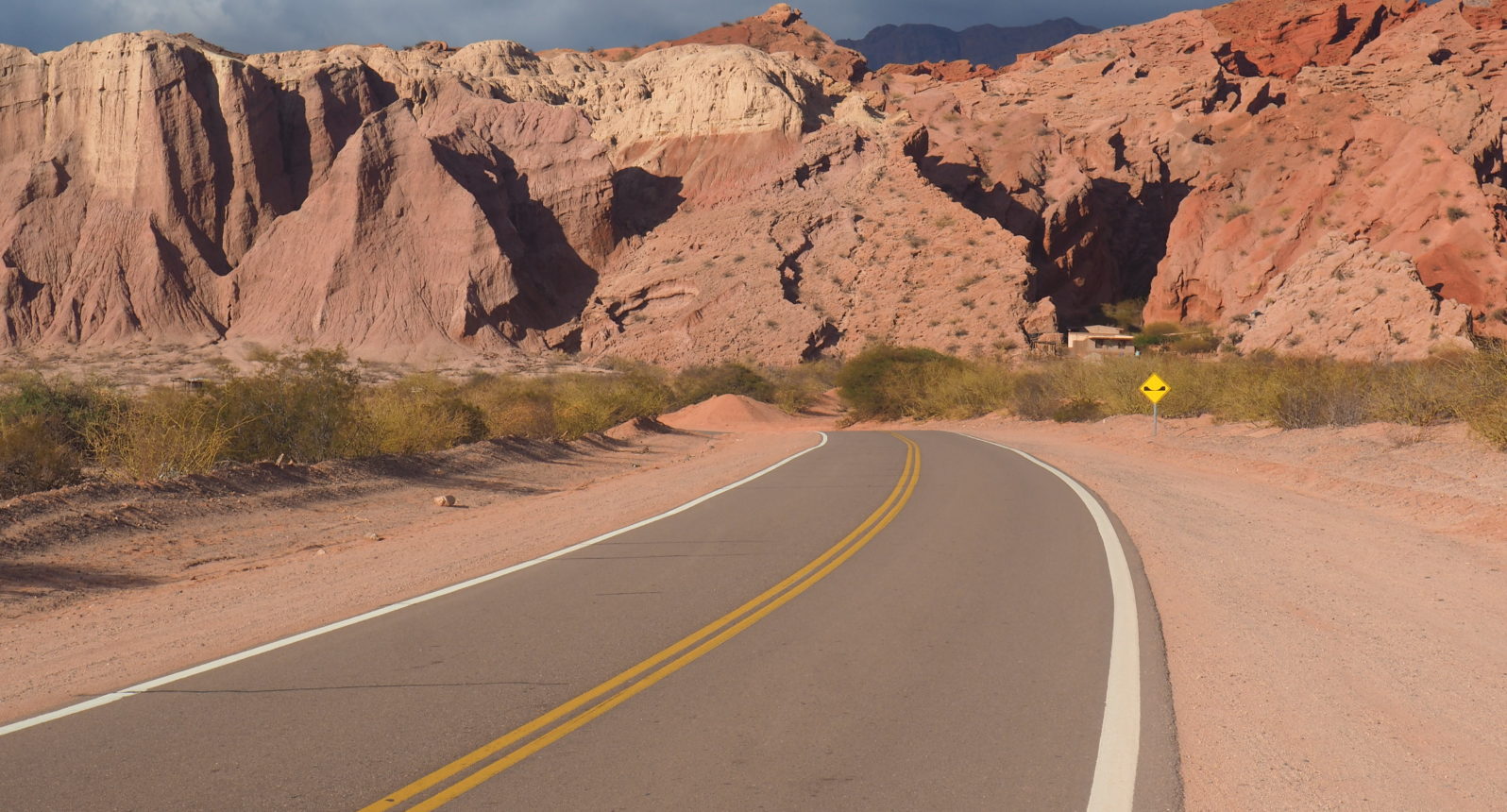
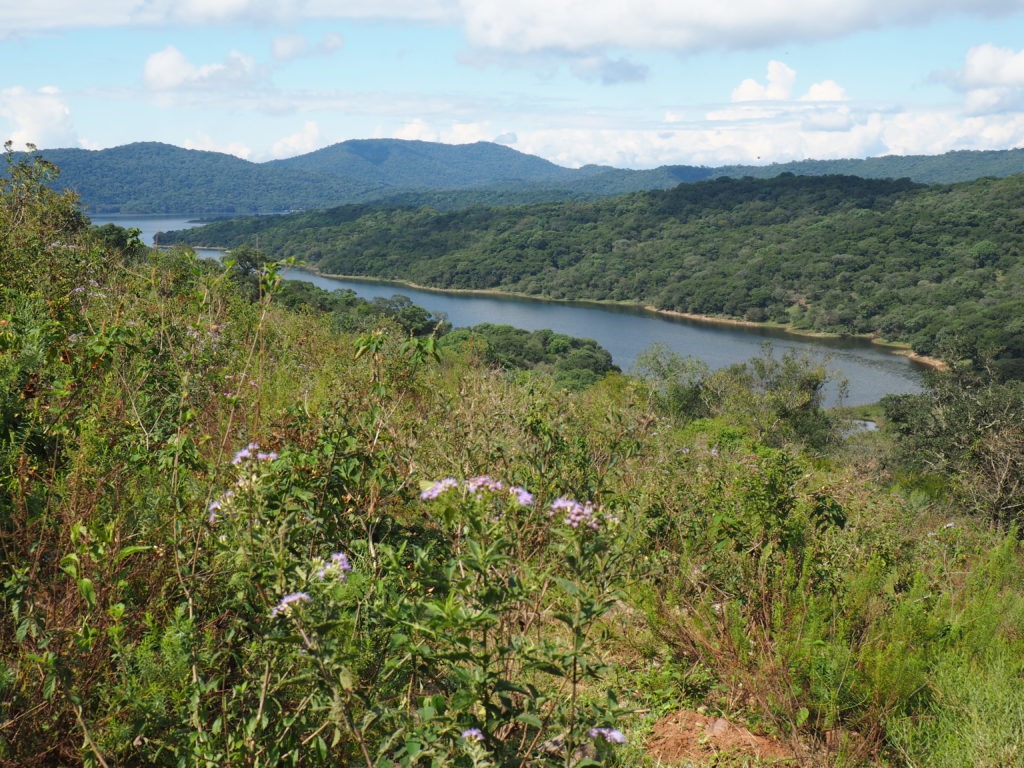
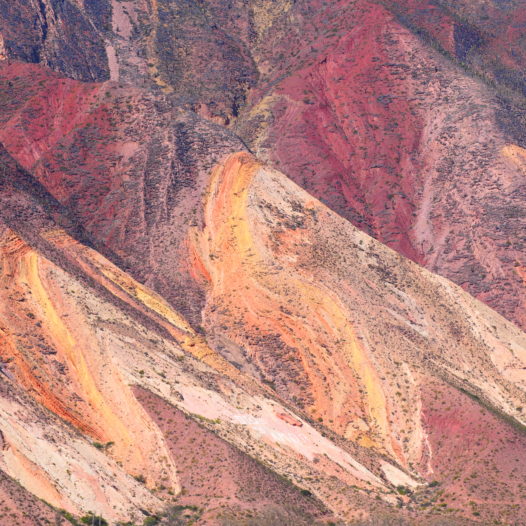
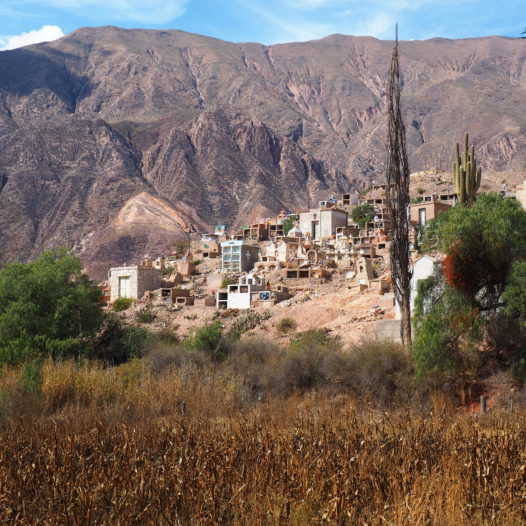
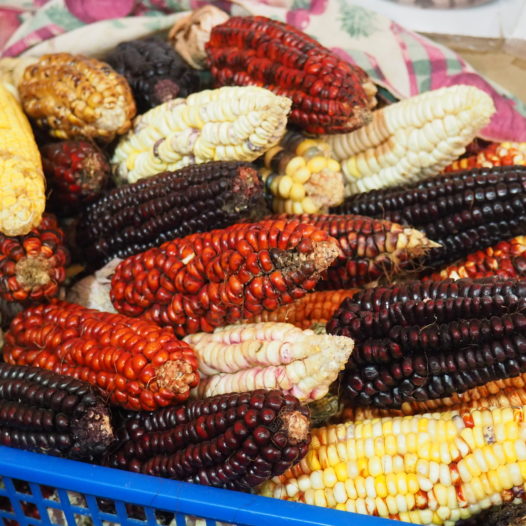
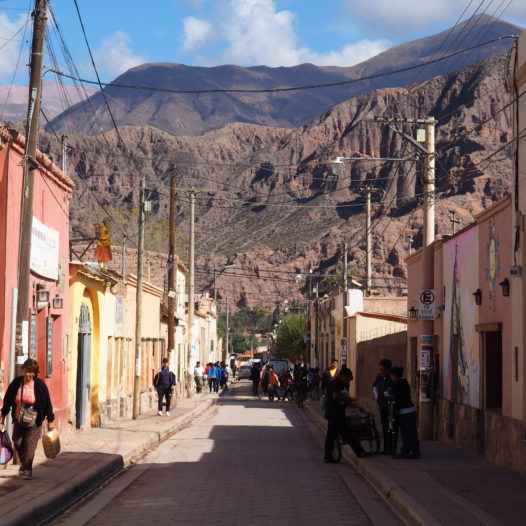
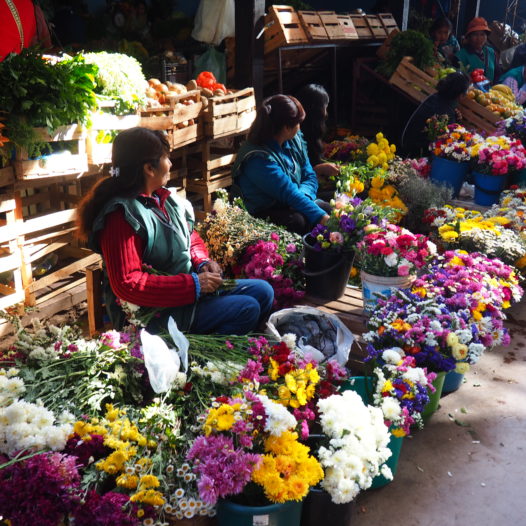
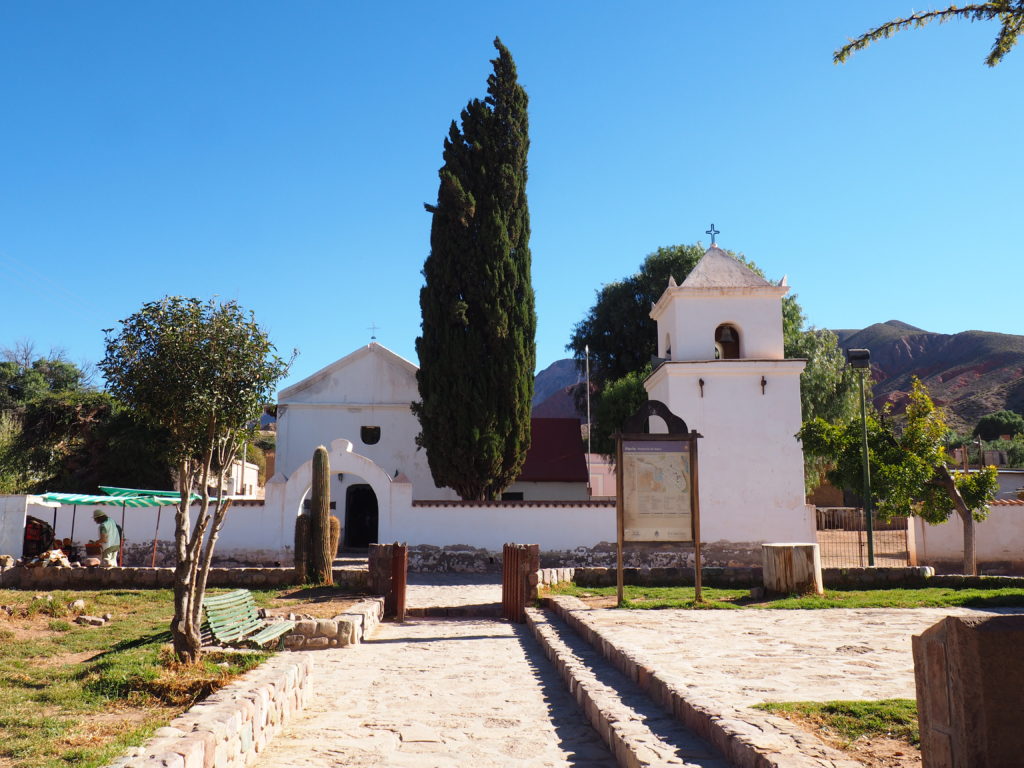
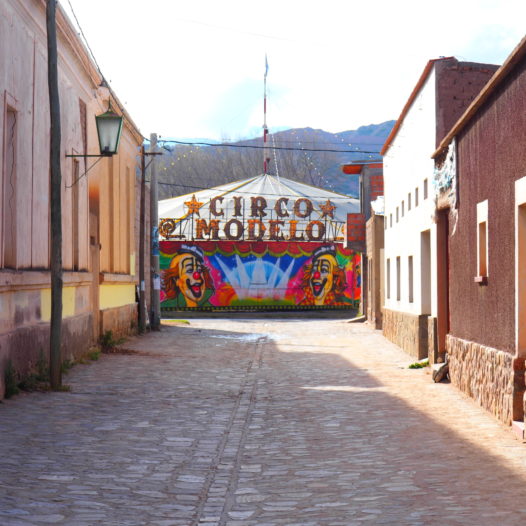
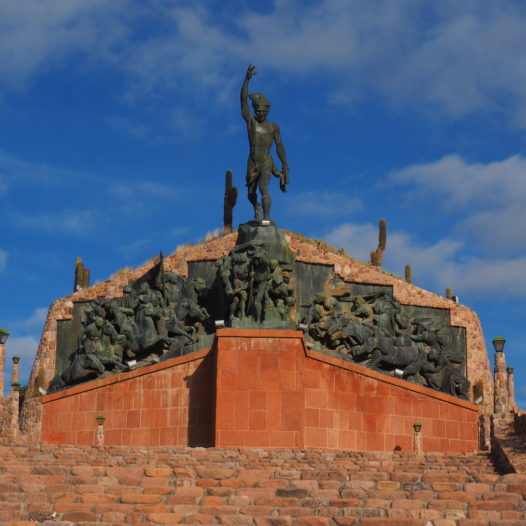
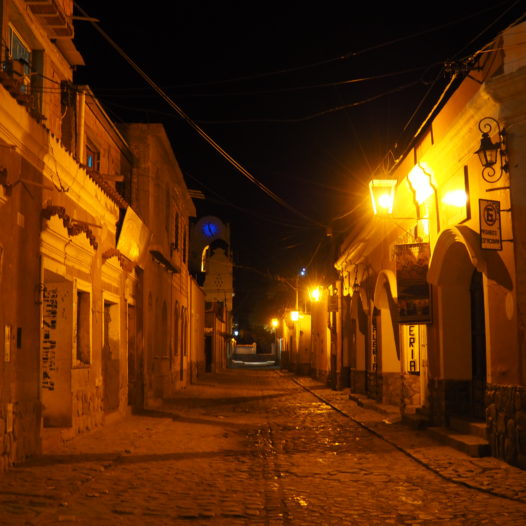
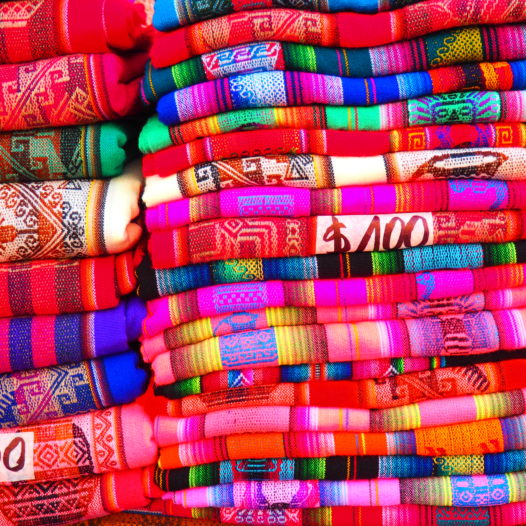
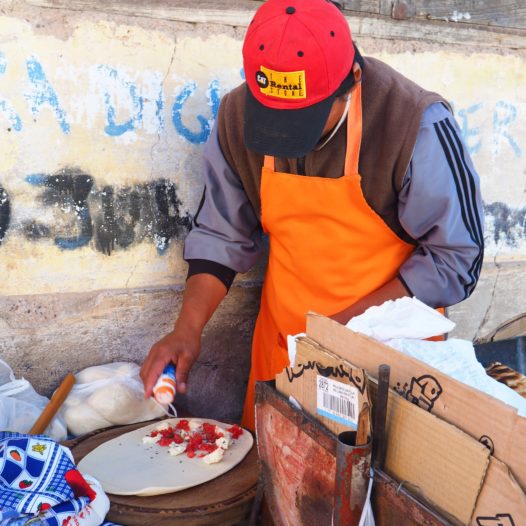
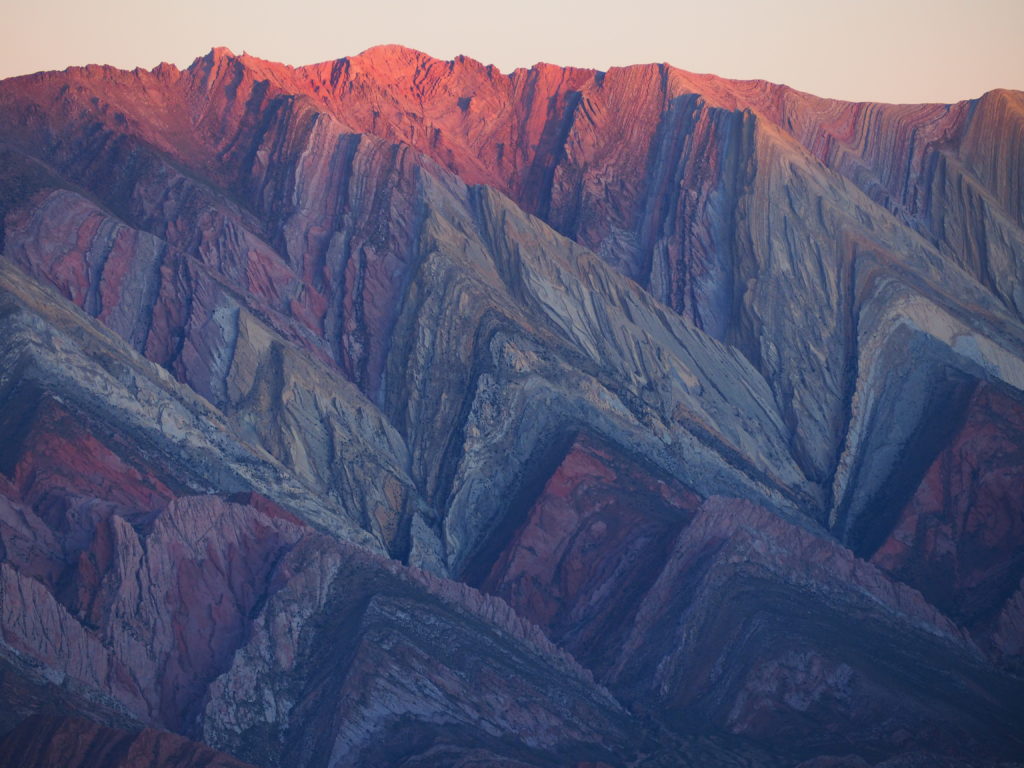
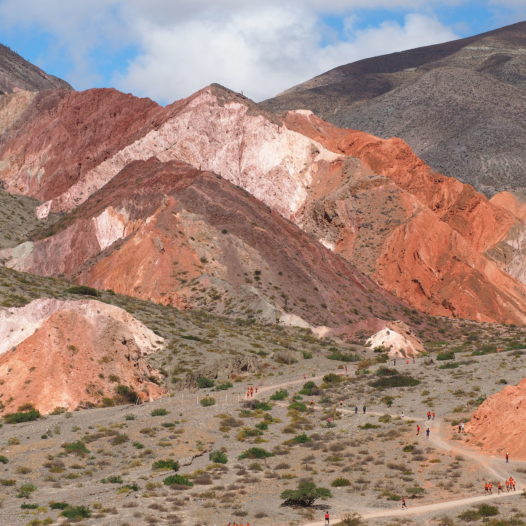
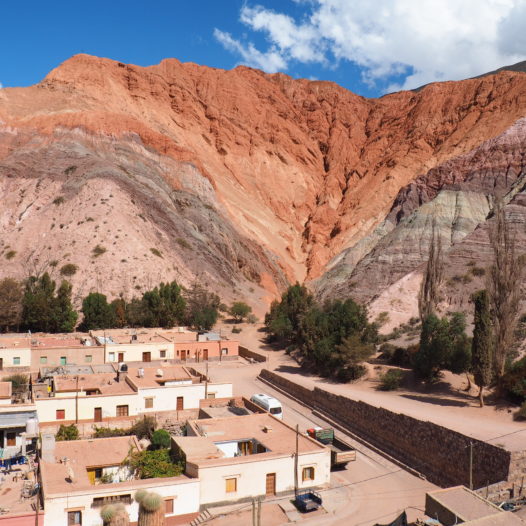
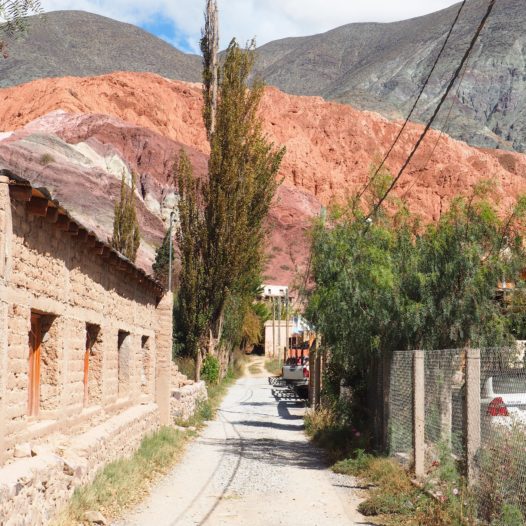
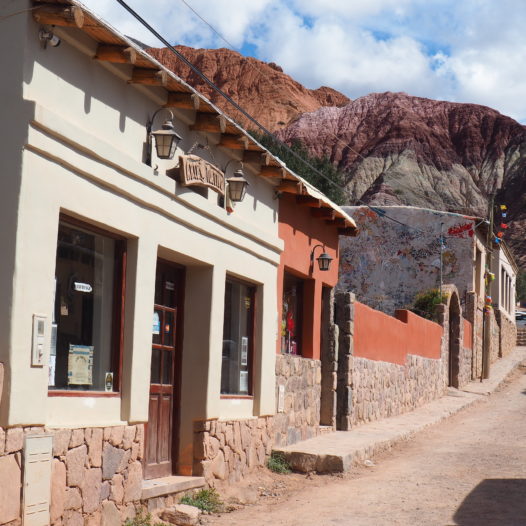
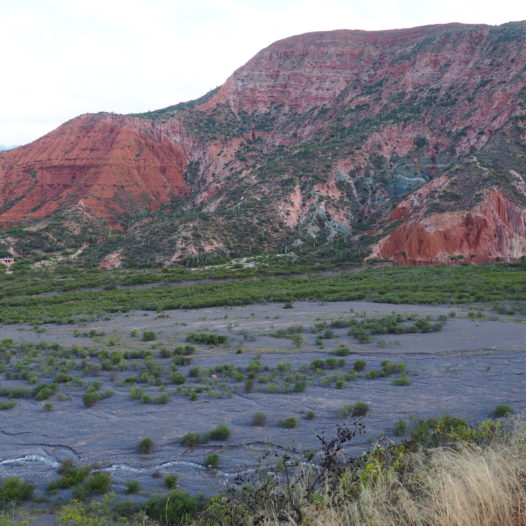
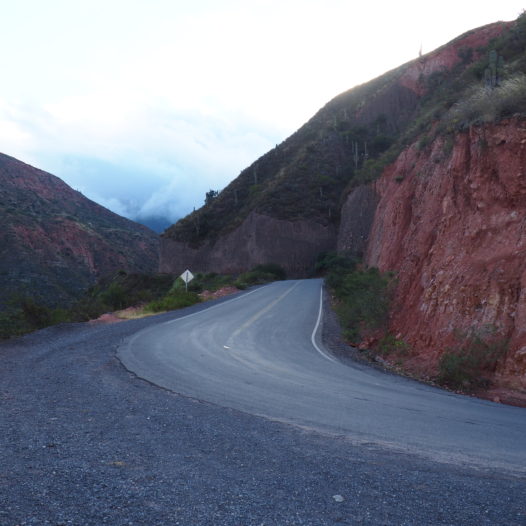
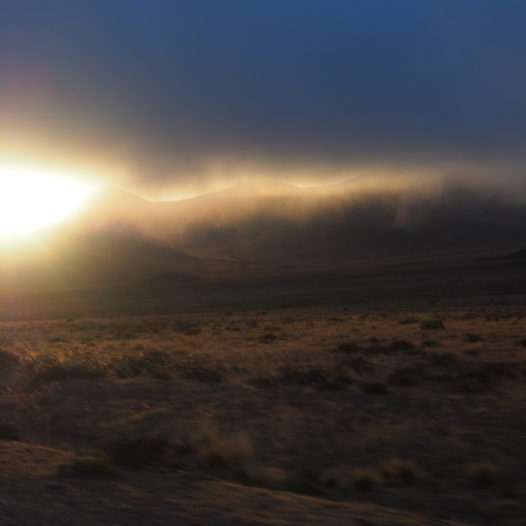
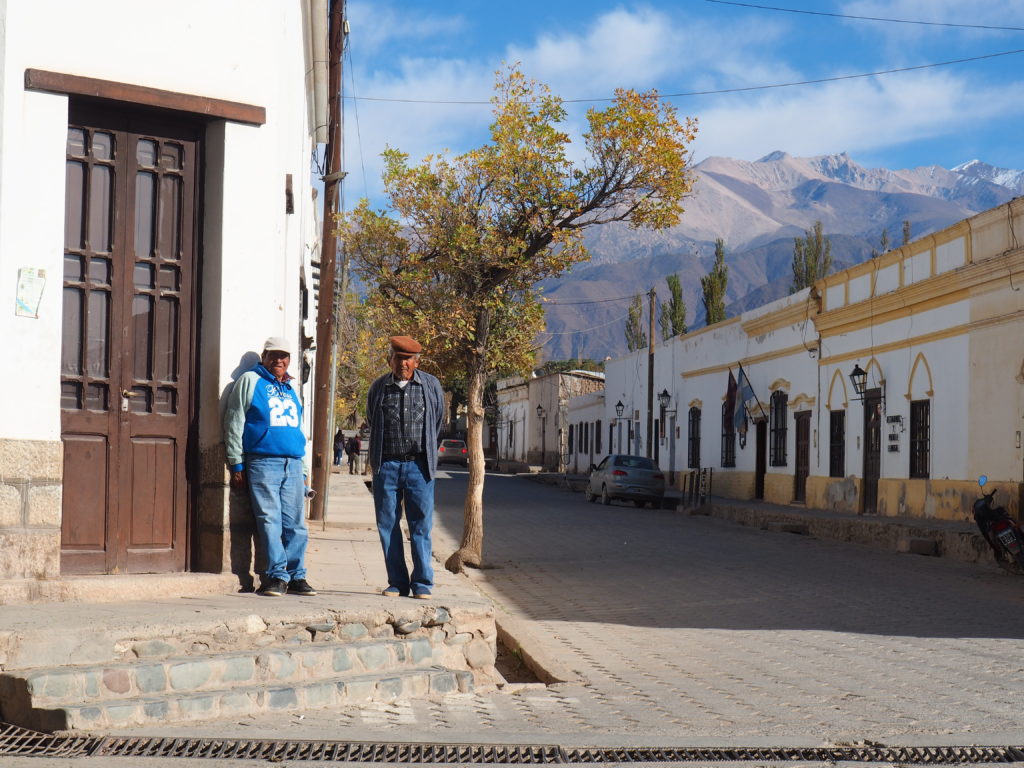
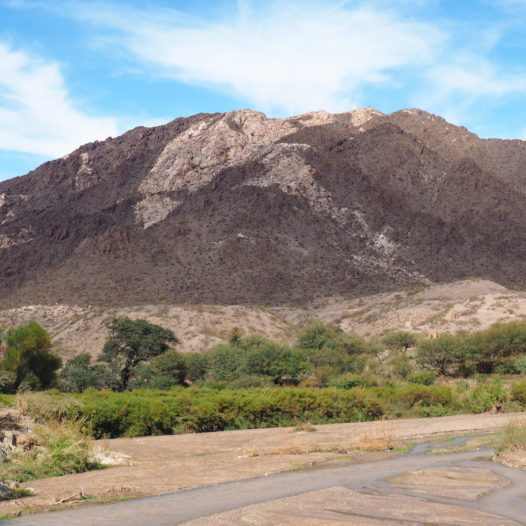
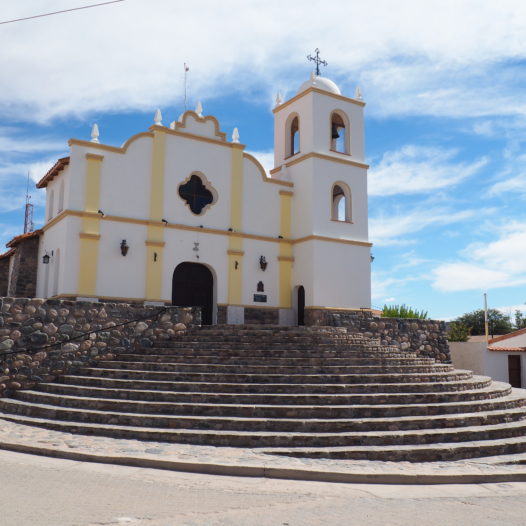
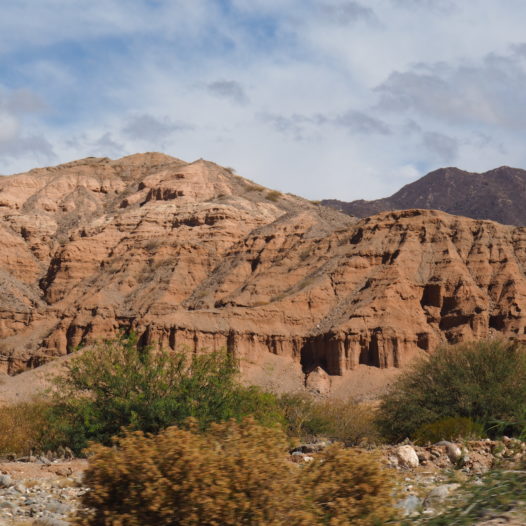
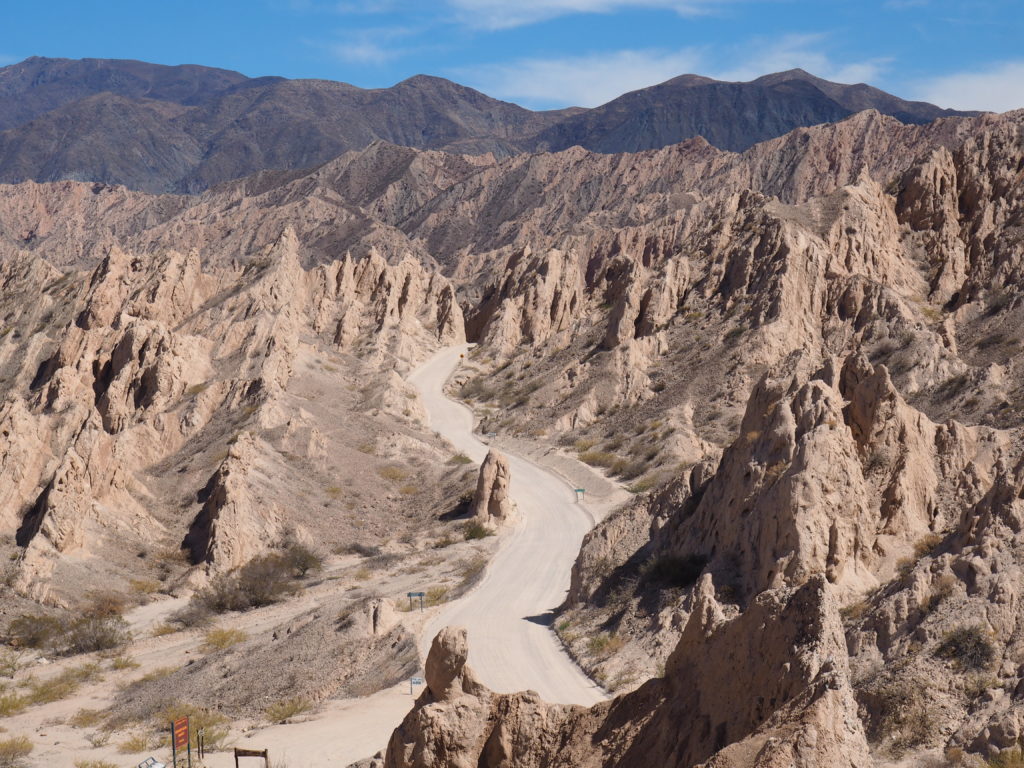
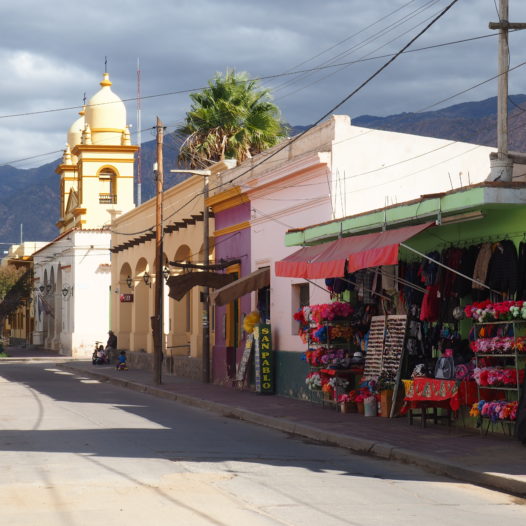
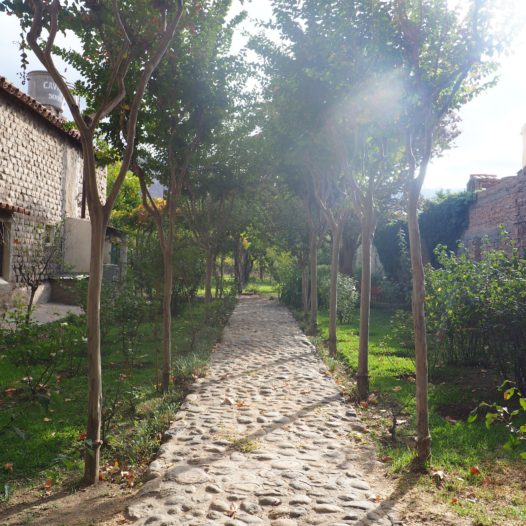
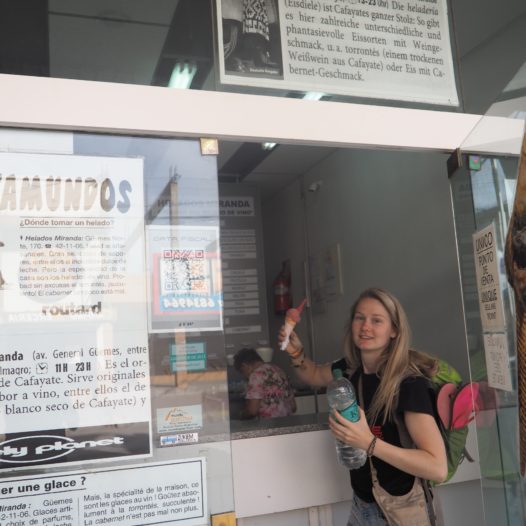
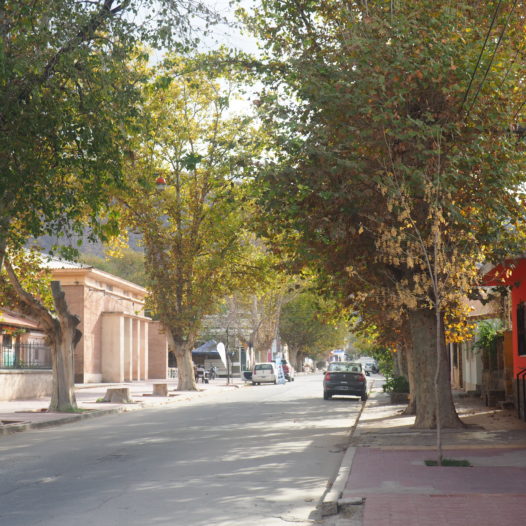
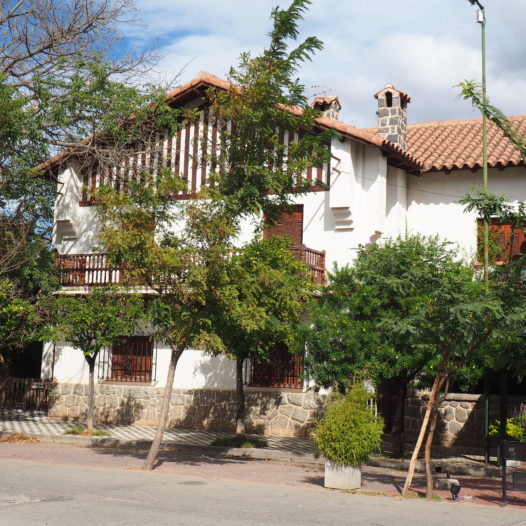
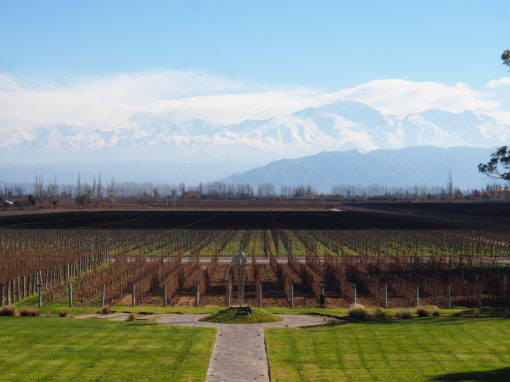
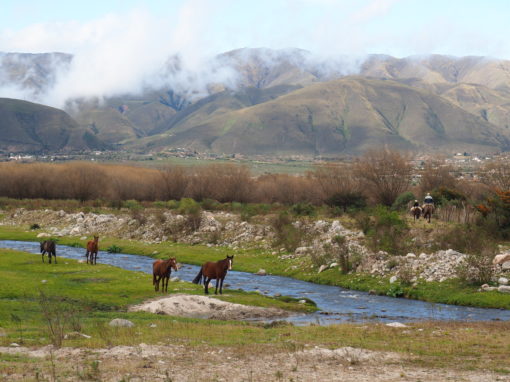
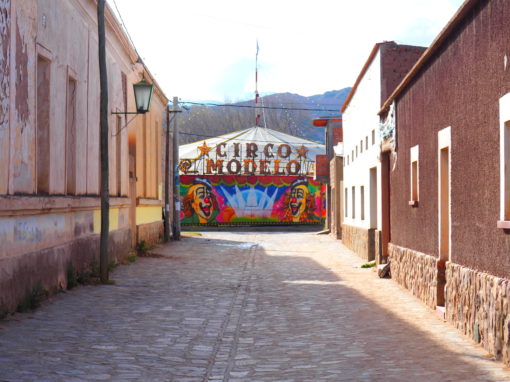

Eva
January 15, 2020 at 12:53 pm
Great blogpost! May I ask where did you rent your car? Do you need a SUV or any car can do this trip? I am leaving in a few weeks, would love to drive myself, but not sure if i need to pay extra for a SUV.
Kristel
January 19, 2020 at 8:25 am
Thanks Eva! A 4WD is recommendable, but we did make it with just a regular car. I rented it at Alvarado Mostrador in Salta (most visitors start the trip over here). There are several car companies in Salta at this street (including the bigger ones like Budget / Avis), but we chose a private car rental. Just because it was the cheapest. I was quite skeptical about it at first (a bigger company feels more trustable I guess), but everything was just fine in the end. Hope this helps! Enjoy the trip! Best, Kristel from TTT
Eva
January 19, 2020 at 12:38 pm
Thank you! I guess, I will also for the cheapest one if one can survive in that:-) Eva
Kristel
January 19, 2020 at 12:43 pm
Haha! Adventure guaranteed! But if it doesn’t cost a lot extra I’d opt for the 4WD!
GG Ross
January 18, 2020 at 3:22 pm
Rent a Peogot with much better suspension as the roads to and from Cachi are very rough. Great trip
Kristel
January 19, 2020 at 8:19 am
A 4WD is quite recommendable – rough road sometimes indeed! Cheers, Kristel from TTT
Swati
July 8, 2023 at 12:46 pm
Hi may I ask show much the whole trip cost you? We are planning to go in Nov and figuring what budget we should have in mind
Michiyo
August 4, 2024 at 7:36 am
Thanks for information. We have 7 days. Which part of the trip, we should have two days instead of 1 day? or should we go more places? We’ll be there mid December? Should we book rent a car in advance? We’ll be in Patagonia in January (peak season), we booked everything now, accommodations and rent a car. But December in Salta area isn’t peak season, is it?